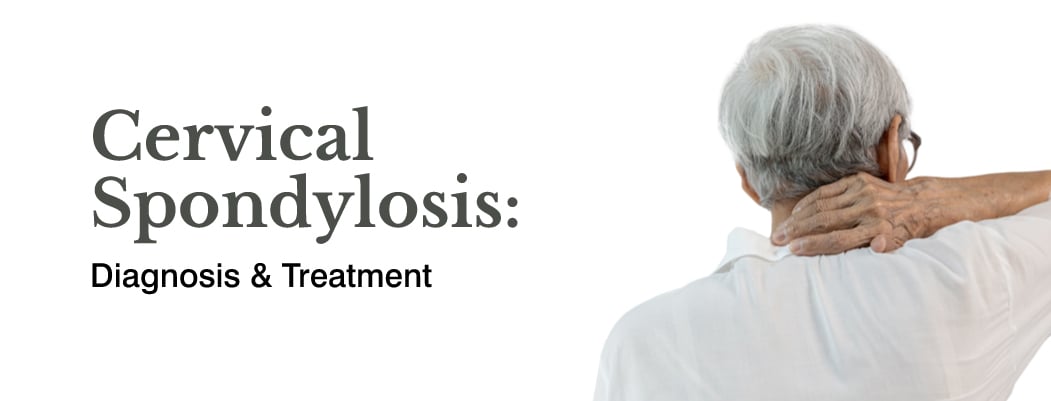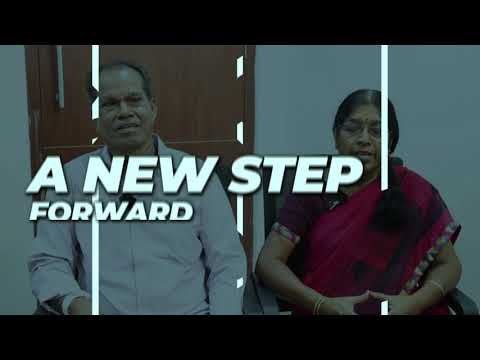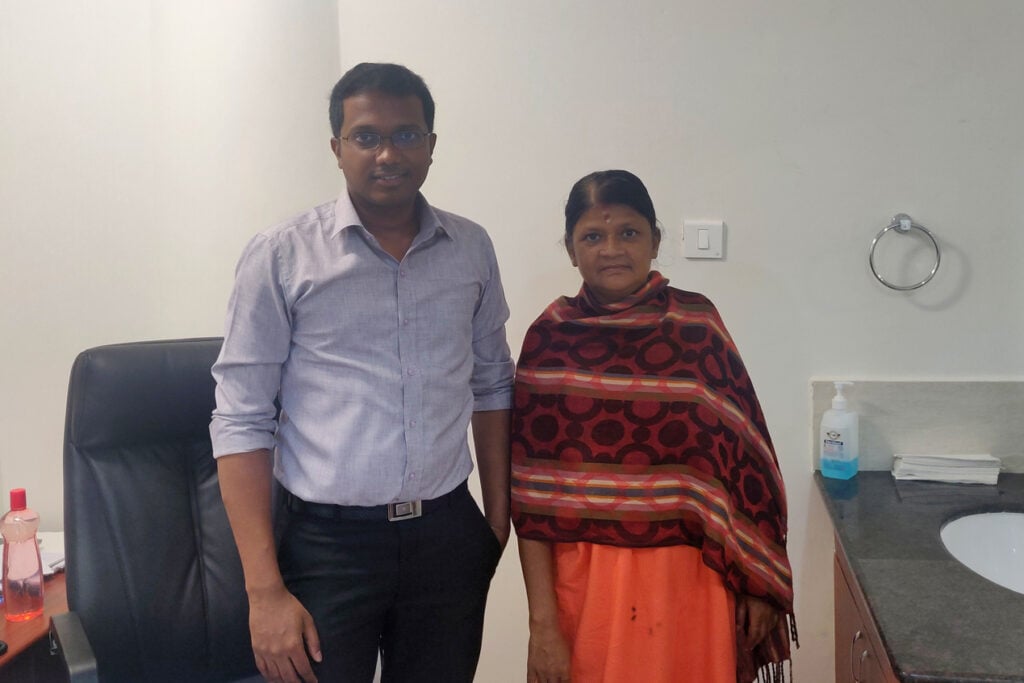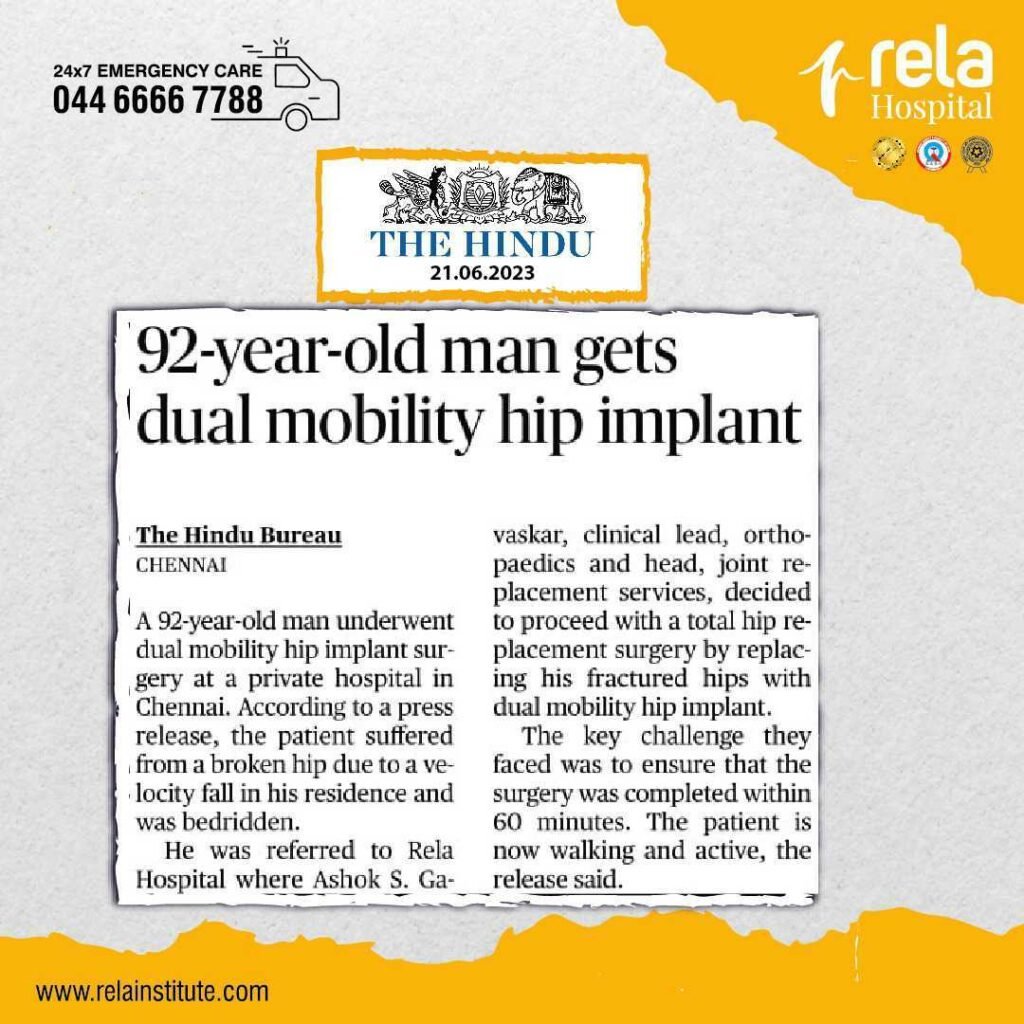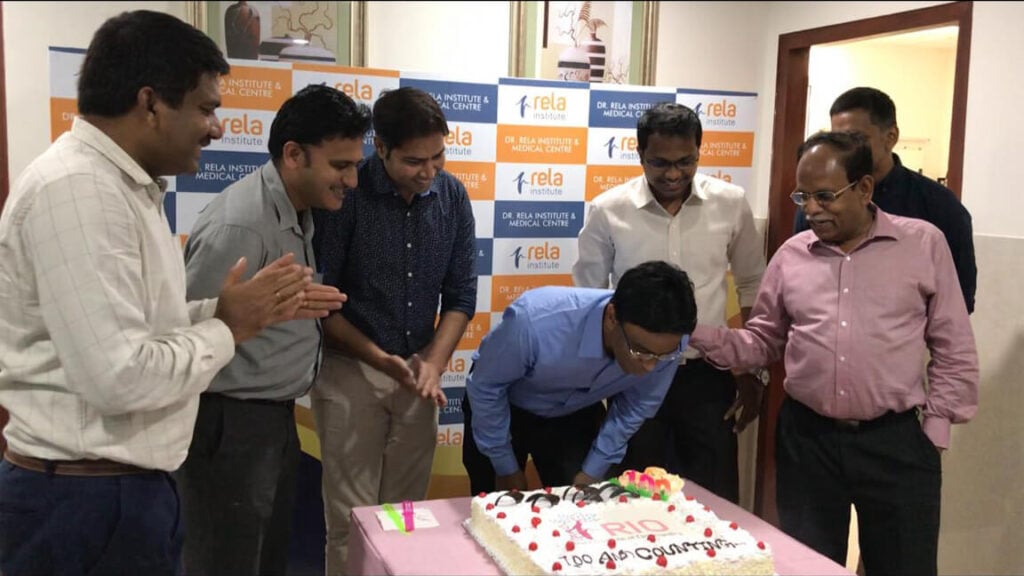What Is ACL Surgery?
ACL surgery is a procedure involving the reconstruction of the damaged anterior cruciate ligament in the knee joint. The ACL provides stability to the knee, preventing excessive forward movement of the tibia (shinbone) concerning the femur. When the ACL is torn, it compromises knee stability, resulting in pain, swelling, and limited mobility. ACL surgery aims to restore the ligament’s integrity.
Types of ACL Surgery
- Autograft: In this technique, the surgeon uses a graft from the patient’s body to reconstruct the torn ACL. Common autograft options include the patellar, hamstring, or quadriceps tendon. The graft choice depends on various factors, such as the patient’s age, activity level, and surgeon’s preference.
- Allograft: Allograft ACL surgery involves using a graft from a donor, typically a cadaver. The advantage of allografts is that they eliminate the need for a second surgical site to harvest the graft. However, there is a slightly higher risk of graft failure or rejection than autografts.
ACL Surgery Procedure
- Preoperative Evaluation: Before the surgery, the patient undergoes a comprehensive evaluation, including a physical examination, imaging tests (MRI), and discussions about medical history and lifestyle factors.
- Graft Harvesting: If an autograft is chosen, the surgeon makes a small incision to access the tendon (e.g., patellar tendon, hamstring tendon) chosen as the graft source. The graft is then carefully harvested while preserving its integrity.
- Graft Placement: The surgeon makes small incisions around the knee joint and uses arthroscopic instruments to remove the damaged ACL remnants. The graft is then inserted through tunnels drilled into the tibia and femur, securing it using screws, sutures, or other fixation devices.
- Closure and Recovery: Once the graft is securely in place, the incisions are closed, and the knee is stabilised with a brace or immobiliser. The patient is then taken to the recovery area to wake up from anaesthesia.
ACL Surgery Risks
While ACL surgery is generally safe and effective, there are potential risks and complications associated with the procedure. These may include:
- Infection at the surgical site.
- Bleeding or blood clots.
- Knee stiffness or limited range of motion.
- Graft failure or re-rupture.
- Nerve or blood vessel damage.
- Persistent pain or discomfort.
- Adverse reactions to anaesthesia.
Discussing these risks with your surgeon to make an informed decision about the surgery is important.
ACL Surgery Recovery
- Postoperative Care: After the surgery, the patient will be prescribed pain medication and advised to keep weight off the affected leg. Physical therapy will be initiated to improve the range of motion and regain strength.
- Rehabilitation: Rehabilitation is a crucial part of ACL surgery recovery. It involves a structured program of exercises, gradually progressing from gentle movements to more challenging activities. Physical therapy aims to restore knee function, stability, and muscle strength, usually spanning several months.
- Return to Activity: The timing of returning to sports or high-impact activities varies for each individual and depends on factors like graft healing, physical therapy progress, and the surgeon’s advice. However, following the rehabilitation plan and gradually reintroducing activities is crucial to minimise the risk of re-injury.
When to consult a doctor?
If you suspect an injury to your anterior cruciate ligament (ACL), it is essential to consult with a healthcare professional for an accurate diagnosis and appropriate treatment. Here are some guidelines on when and who to consult for ACL issues:
- Primary Care Physician: Your first point of contact should be your primary care physician (PCP) or general practitioner. They can evaluate your symptoms, perform a physical examination, and determine if further specialised care is required. They may also order diagnostic tests, such as an MRI, to confirm the ACL injury.
- Orthopaedic Specialist: If your PCP suspects an ACL injury or the diagnostic tests confirm an ACL tear, they may refer you to an orthopaedic specialist. Orthopaedic surgeons are experts in treating musculoskeletal conditions, including ACL injuries. They will assess your condition, discuss treatment options, and provide recommendations based on your specific circumstances.
- Sports Medicine Physician: If you participate in sports or athletic activities, a sports medicine physician may also be a suitable healthcare professional to consult. These specialists have expertise in treating sports-related injuries, including ACL tears. In addition, they can provide guidance on non-surgical and surgical treatment options and rehabilitation and injury prevention strategies.
- Physical Therapist: Sometimes, your PCP or orthopaedic specialist may refer you to a physical therapist. Physical therapists specialise in rehabilitation and can help you regain strength, stability, and range of motion after an ACL injury. In addition, they can provide exercises, manual therapy, and other techniques to aid in your recovery.
Remember, the specific healthcare professionals you consult may vary depending on your location, healthcare system, and individual circumstances. It is essential to seek medical attention promptly to ensure an accurate diagnosis and appropriate treatment plan for your ACL injury.
People also ask
1. Is ACL reconstruction a major surgery?
Yes, ACL reconstruction is considered major surgery. It involves reconstructing the knee’s torn or damaged anterior cruciate ligament using a graft, typically from a tendon in your body (autograft) or a donor graft (allograft). The procedure generally is performed arthroscopically, using small incisions and specialised instruments, but it still requires anaesthesia and involves significant surgical intervention within the knee joint.
2. What is ACL reconstruction surgery?
ACL reconstruction surgery is performed to repair a torn or ruptured anterior cruciate ligament (ACL) in the knee. The ACL is a crucial ligament that provides stability to the knee joint. The torn ACL is removed during the surgery, and a new graft is used to reconstruct the ligament. The graft is usually taken from the patellar, hamstring, or quadriceps tendon. The graft is placed in the knee joint and secured to the bones using screws or other fixation devices. ACL reconstruction aims to restore stability to the knee and allow for a return to normal or near-normal function.
3. How serious is ACL reconstruction?
ACL reconstruction is an effective surgical procedure that requires careful consideration. While it is generally considered safe and effective, it carries risks and potential complications like any surgery. These can include infection, bleeding, blood clots, anaesthesia reactions, nerve or blood vessel damage, and limited range of motion. Discussing these risks with your surgeon and following their pre-and post-operative instructions to minimise complications is important. Additionally, the recovery and rehabilitation period after ACL reconstruction can be demanding and require a commitment to ensure the best possible outcome.
4. What is the recovery time for ACL reconstruction?
The recovery time for ACL reconstruction varies from person to person. It depends on several factors, including the individual’s overall health, the extent of the injury, the surgical technique used, and the success of rehabilitation. Generally, the initial recovery phase involves protecting and allowing the reconstructed ligament to heal. This may involve using crutches and wearing a knee brace. In addition, physical therapy is integral to the recovery process and helps restore strength, stability, and range of motion. Full recovery and a return to sports or other activities may take several months, typically 6 to 9 months. However, it is essential to note that each person’s recovery timeline can be different, and it’s critical to follow the guidance of your healthcare team throughout the rehabilitation process.


